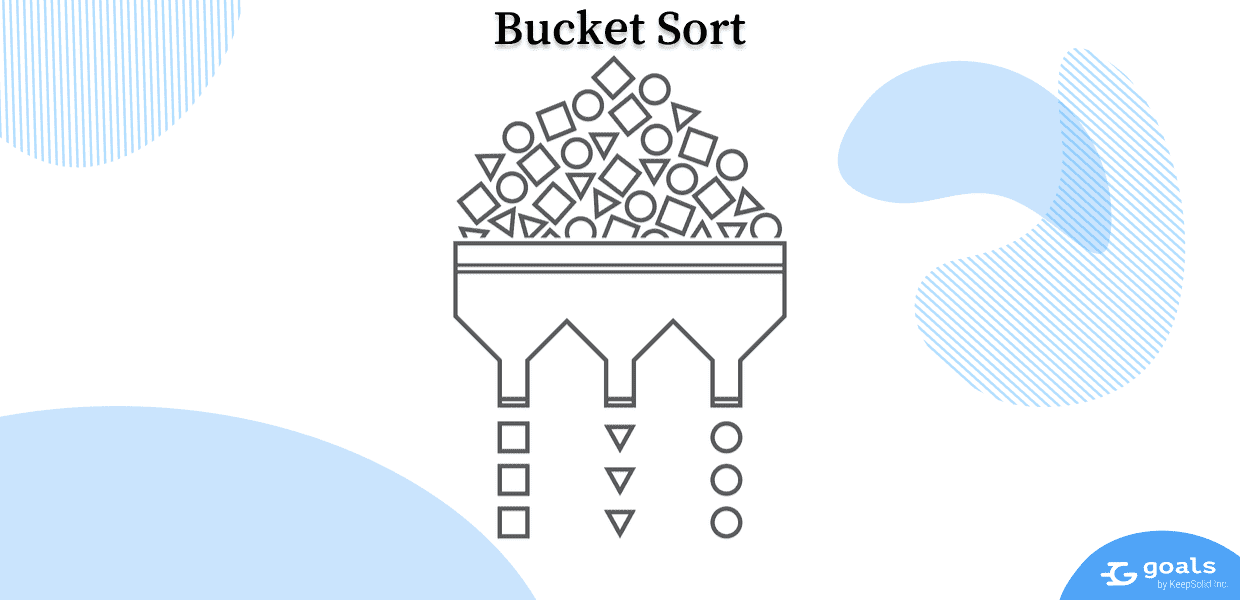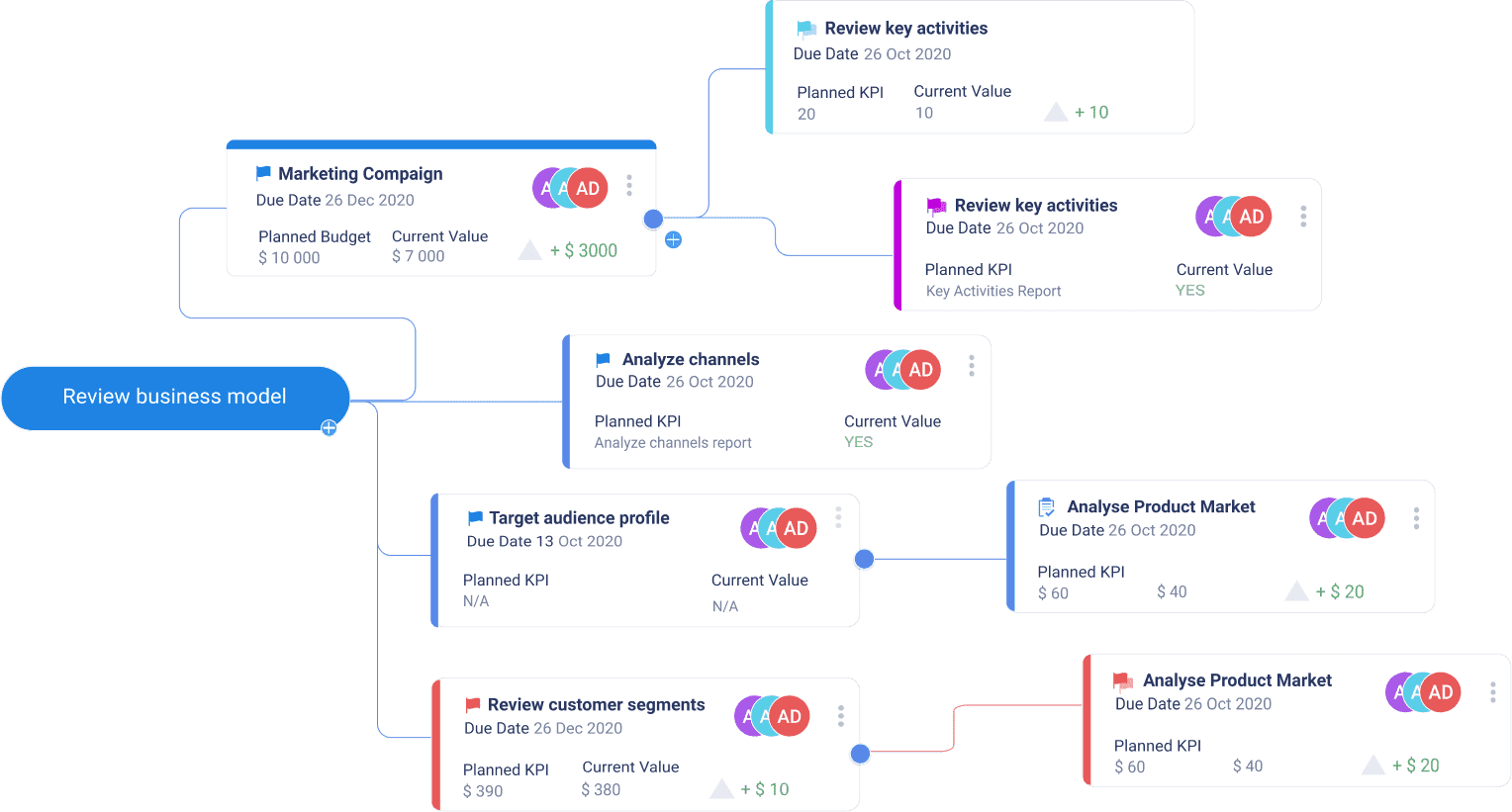What is Bucket Sort?
Bucket Sort is a popular sorting technique in Computer Science. It takes an array and distributes its elements into several categories called buckets. Then each bucket is sorted individually: all items belonging to it are prioritized and ranked with a different sorting method, or by applying bucket sort recursively. For example, values in buckets can be extracted from left to right with the Insertion Sort algorithm. This orders all elements in each bucket separately and then repopulates the original array.

This algorithm is quite fast because of the way elements are assigned to buckets, typically using an array where the index is the value.
Bucket Sort Features
-
The average time complexity is O(n + k), and the worst one reaches O(n²).
-
The space complexity equals O(n+k).
-
It is assumed that the input is uniformly distributed: a specific number of buckets is created to evenly partition the input range.
-
The buckets themselves are ordered: elements in bucket bn are lexicographically smaller than items in bucket bn+1.
Bucket Sort Algorithm
In a nutshell, the bucket sort algorithm looks, as follows:
bucketSort(arr[], n)
1. Create an empty array arr
2. Create n empty buckets (lists).
3. For every array element arr[i], insert it into bucket[n*array[i]]
4. Sort individual buckets with the Insertion Sort algorithm.
5. Concatenate sorted buckets.
Bucket Sort in Product Management
Bucket sort is a useful tool in product management if we think of the backlog as a list of all possible tasks and initiatives undertaken within the project. Though the contents of the backlog will be different for each team and product, every backlog will rely on the prioritization of tasks so that the team can understand what to do next.
Bucket sort allows teams to efficiently and in a fast way select only the most impactful backlog items that are likely to create competitive advantage. At the same time, it leaves some space for other initiatives listed in the backlog.
Sorting a Backlog with Buckets
To sort the backlog, the Product Owner or the Product Manager can create development buckets following several steps:
Step 1: Identify categories
The Product Owner starts with defining the critical development item that add the most value and then adds other categories, such as customer enhancements, infrastructure improvements, experiments (spikes), bug fixes, etc.
Step 2: Allocate time
The product team allocates the amount of time that can be spent on each category. The largest share of time is usually assigned to the category containing the most critical items, while categories like customer enhancements or infrastructure improvements are allocated less development time.
Step 3: Prioritize items in every category
The team has a discussion to set relative priorities to all items within each category. For critical development items, the team can refer to the product roadmap and the strategy to understand the order of actions.
Step 4: Update the Product and the Sprint Backlog
Based on the items priorities and the share of each category in the team’s allocated time, repopulate the Product Backlog and create the Sprint Backlog with top priorities items from each category.
Bucket Sort allows the team to streamline the prioritization process making the big-impact tasks more evident and letting the team to focus only on the initiatives that add the greatest value.



